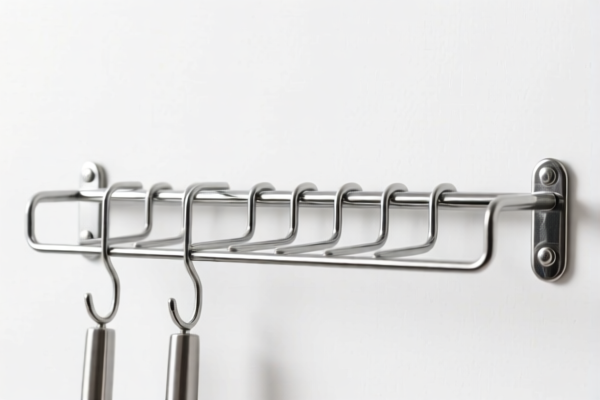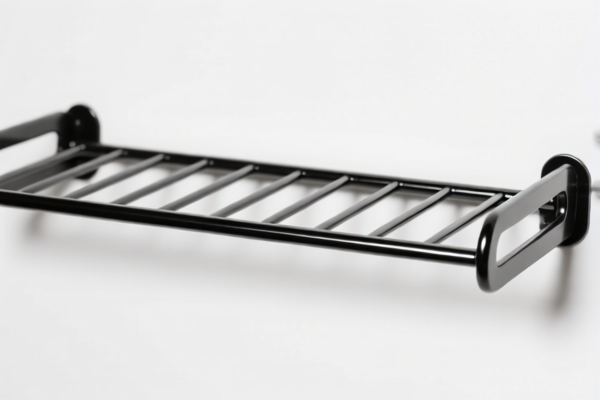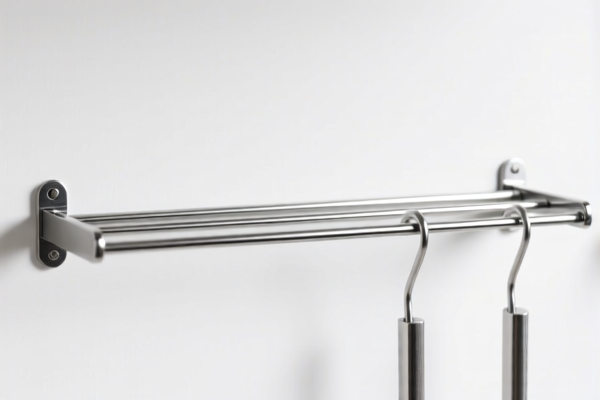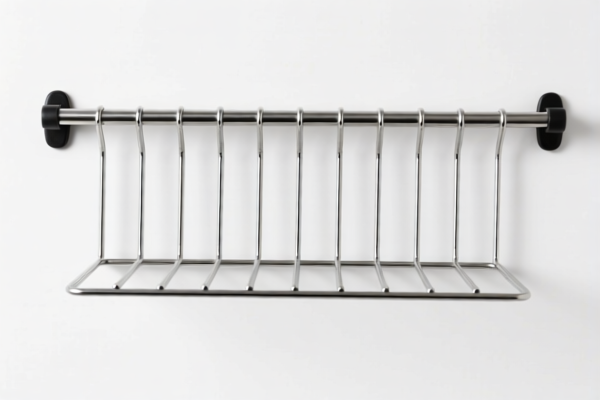| HS Code | Official Doc | Tariff Rate | Origin | Destination | Effective Date |
|---|---|---|---|---|---|
| 57050020 | Doc | 58.3% | CN | US | 2025-05-12 |
| 6001910020 | Doc | 73.5% | CN | US | 2025-05-12 |
| 6304910170 | Doc | 43.3% | CN | US | 2025-05-12 |




KITCHEN RUG – HS Code Classification & Import Considerations
Based on the provided data, you have three potential HS codes for your “KITCHEN RUG”. Here’s a breakdown to help you determine the most accurate classification, along with import considerations:
Understanding HS Codes:
The Harmonized System (HS) code is a standardized, internationally recognized system of names and numbers used to classify traded products. It’s crucial for accurate customs declarations, duty assessment, and trade statistics. The first six digits are generally consistent globally, while additional digits are specific to each country.
1. HS Code: 5705.00.20.90 – Other carpets and other textile floor coverings**
- 57: Textile floor coverings. This chapter broadly covers carpets, rugs, and similar items.
- 05: Other carpets and other textile floor coverings. This narrows down the category to items not specifically covered in earlier headings within Chapter 57.
- 00: Further specifies "other" within this category.
- 20: Indicates "other" textile floor coverings.
- 90: "Other" – a residual category for items not fitting more specific subheadings.
Tax Details:
- Basic Duty: 3.3%
- Additional Duty: 25.0% (until April 2, 2025)
- Additional Duty (after April 2, 2025): 30.0%
- Total Tax: 58.3%
Considerations:
- This HS code is suitable if your kitchen rug is primarily considered a floor covering made of woven or non-woven textile materials.
- Important: Verify the rug's composition (material) and construction method (woven, tufted, etc.). If it contains significant non-textile components (e.g., rubber backing), another HS code might be more appropriate.
2. HS Code: 6001.91.00.20 – Pile fabrics, including "long pile" fabrics and terry fabrics, knitted or crocheted**
- 60: Textile fabrics. This chapter covers woven, knitted, crocheted, and other textile fabrics.
- 01: Pile fabrics. This narrows down the category to fabrics with a raised surface (pile).
- 91: Other pile fabrics.
- 00: Further specifies "other" within this category.
- 20: Of cotton Other (224)
Tax Details:
- Basic Duty: 18.5%
- Additional Duty: 25.0% (until April 2, 2025)
- Additional Duty (after April 2, 2025): 30.0%
- Total Tax: 73.5%
Considerations:
- This HS code is best suited if your kitchen rug is constructed using knitting or crocheting techniques and has a distinct pile surface (e.g., shag rug).
- Important: The material composition is critical here. The "Of cotton Other (224)" suggests a cotton-based pile fabric. If the rug is made of other materials (e.g., synthetic fibers), a different subheading within 6001 might be more accurate.
3. HS Code: 6304.91.01.70 – Other furnishing articles, excluding those of heading 9404**
- 63: Other made up textile articles. This chapter covers a wide range of finished textile products.
- 04: Other furnishing articles.
- 91: Knitted or crocheted.
- 01: Other.
- 70: Other (899)
Tax Details:
- Basic Duty: 5.8%
- Additional Duty: 7.5% (until April 2, 2025)
- Additional Duty (after April 2, 2025): 30.0%
- Total Tax: 43.3%
Considerations:
- This HS code is suitable if your kitchen rug is considered a finished furnishing article (e.g., it has finished edges, backing, or other features) and is made using knitting or crocheting techniques.
- Important: This code is broader than the others. If the rug has specific characteristics that fit more precisely into Chapter 57 or 6001, those codes might be more appropriate.
Recommendation:
Based on the limited information, HS Code 5705.00.20.90 appears to be the most likely classification for a typical "KITCHEN RUG". However, the final determination depends on the rug's material composition, construction method, and intended use.
Next Steps & Important Reminders:
- Material Composition: Confirm the exact percentage of each material used in the rug (e.g., cotton, polyester, rubber).
- Construction Method: Determine whether the rug is woven, knitted, crocheted, tufted, or otherwise constructed.
- Intended Use: While it's a "kitchen rug", confirm if it's specifically designed for kitchen use (e.g., anti-slip backing, stain resistance).
- Supplier Documentation: Request a detailed commercial invoice and packing list from your supplier, including the material composition and construction method.
- Customs Ruling (Optional): For complex cases, consider applying for a binding customs ruling from the relevant customs authority to ensure accurate classification.
- Tariff Changes: Be aware that tariffs and regulations can change. Always verify the latest information before importing.
- 2025 Tariff Changes: Note the additional duty changes scheduled for April 2, 2025.
Disclaimer: I am an AI assistant and cannot provide definitive customs classification advice. This information is for general guidance only. You should consult with a qualified customs broker or import specialist for specific advice tailored to your situation.
Customer Reviews
Useful info on tariff changes in 2025, but I wish there was more about how to determine the right HS code for my specific rug material.
Detailed info on the 6304.91.01.70 HS code. Great for someone looking to export kitchen rugs as furnishing articles.
The breakdown of the three HS codes was helpful, especially the tax details and considerations. Saved me time researching.
Clear explanation of HS Code 5705.00.20.90 for kitchen rugs. Helped me understand the classification and tax details.